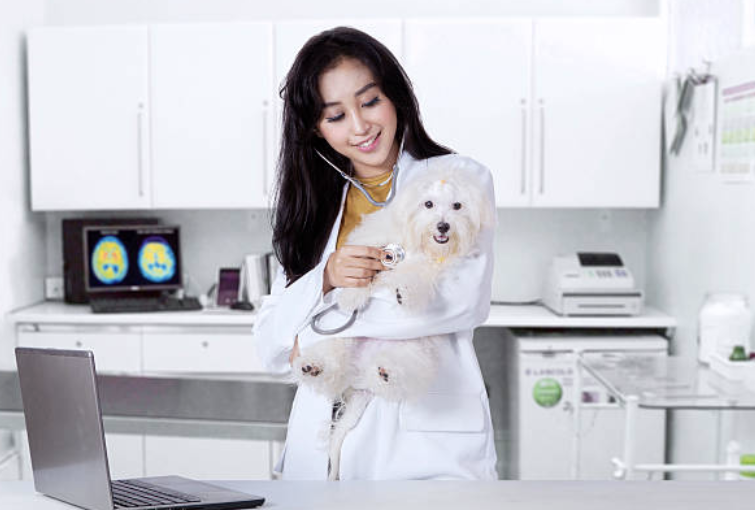In the bustling labs of the Wisconsin Veterinary Diagnostic Laboratory, Rod Clark, a dedicated microbiologist, is at the forefront of revolutionizing veterinary diagnostics. With the precision of an automated liquid handler, he meticulously prepares a 384-well PCR plate, a testament to the leaps and bounds by which veterinary medicine is advancing.
The field of veterinary diagnostics has seen remarkable progress, with each year bringing new technologies that enhance convenience, improve patient outcomes, and elevate the overall standard of care. From cutting-edge equipment and software to the integration of 5G and artificial intelligence, the landscape is rapidly evolving.
Dr. Keith Poulsen, the director of the Wisconsin Veterinary Diagnostic Laboratory and president of the American Association of Veterinary Laboratory Diagnosticians, highlights the efficiency gains from these advancements. “The more we use certain tests, the cheaper they become, thanks to savings on reagents and plastics,” he explains. This efficiency not only reduces costs but also allows for more frequent and accessible testing.
Dr. Catherine Cole of West Concord Animal Clinic in Massachusetts is another advocate for the new diagnostic tools at her disposal. She frequently utilizes antigen testing to overcome the limitations of traditional methods like fecal floats, which often left too much uncertainty in diagnosing parasitic infections. “Now, I can treat with confidence, knowing the exact nature of the infection,” Dr. Cole shares.
In-house diagnostic tools have particularly transformed her practice, allowing for rapid assessments and immediate treatment decisions. This capability is not just profitable but also immensely beneficial for pet owners, who can receive medications for their pets without delay.
Dr. Cole also emphasizes the importance of screening tests, which help in detecting diseases early on, potentially saving lives by treating conditions before they escalate. “The availability of more comprehensive screening tests and advances in genetic testing are set to follow the path paved by human medicine,” she predicts.
On the technological front, Dr. Poulsen is excited about the shift towards automation and the use of smaller reaction volumes, which significantly increase the efficiency of PCR assays. “The adoption of 384-well PCR plate formats during the COVID-19 pandemic showcased the necessity for such advancements,” he notes. These innovations not only enhance throughput but also reduce the consumption of valuable reagents.
Looking ahead, Dr. Poulsen sees a future dominated by metagenomics and next-generation sequencing technologies. These methods are crucial for tracking viral outbreaks and monitoring genetic mutations, providing a comprehensive overview of all genomic material in a sample rather than targeting specific sequences.
The integration of 5G technology is set to revolutionize telemedicine in veterinary practice, according to Dr. J.K. Waldsmith, president of Vetel Diagnostics. “Faster internet speeds and improved access will make telemedicine a more practical option, enhancing patient care through earlier interventions,” he predicts.
However, the rapid development of these technologies also demands a shift in mindset and business models among veterinary practitioners. Dr. Waldsmith advises a cautious approach to the integration of AI in diagnostics, emphasizing the importance of understanding its capabilities and limitations to avoid potential pitfalls.
As veterinary medicine continues to embrace these technological advancements, the possibilities for improving patient care and expanding diagnostic capabilities seem limitless. With each innovation, veterinarians like Dr. Cole and Dr. Poulsen are better equipped to provide the best possible outcomes for their animal patients, heralding a new era of veterinary medicine that promises greater efficiency, accuracy, and care.



